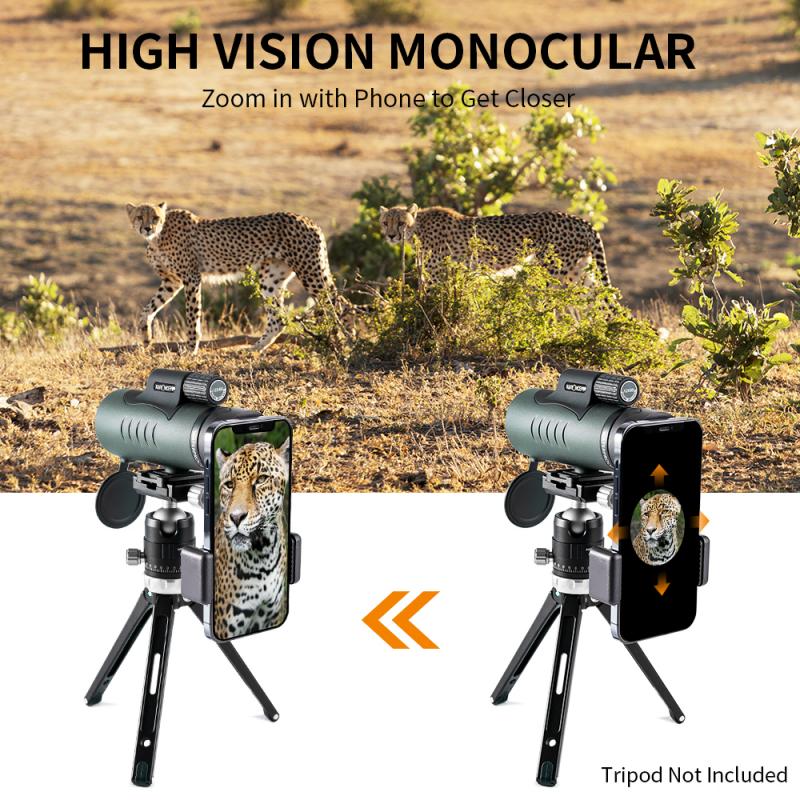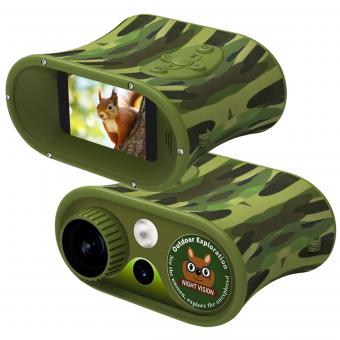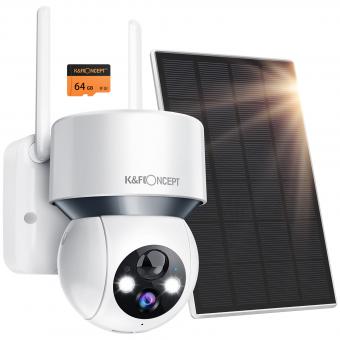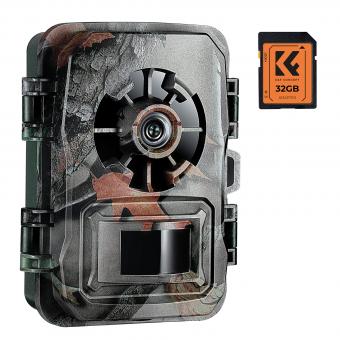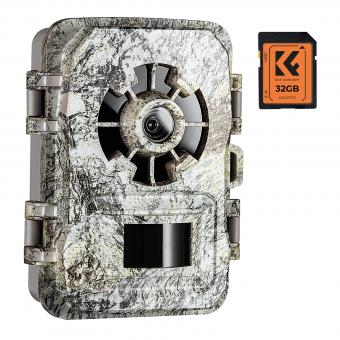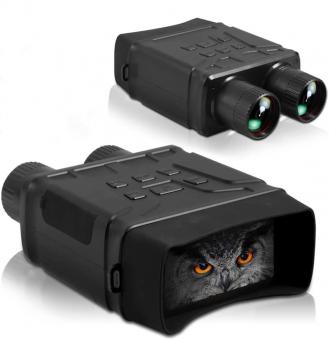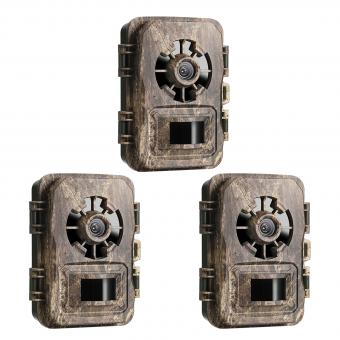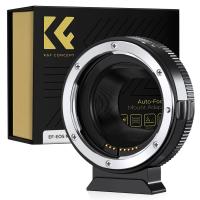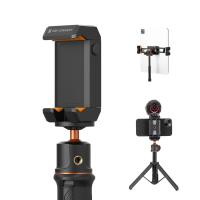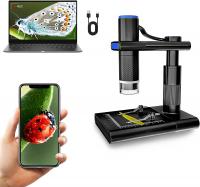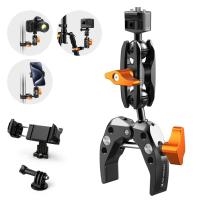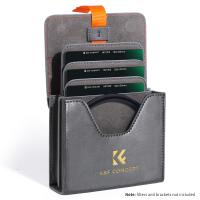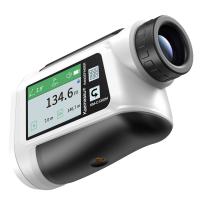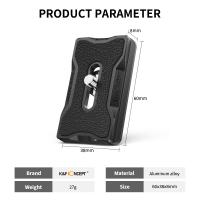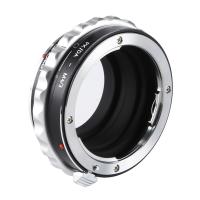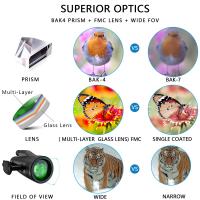How To Build Your Own Night Vision Goggles ?
Building your own night vision goggles requires a deep understanding of optics, electronics, and image intensification technology. It involves sourcing specialized components such as image intensifier tubes, lenses, infrared illuminators, and power supplies. Additionally, it requires expertise in soldering, circuit design, and mechanical assembly. Due to the complexity and potential risks involved, it is recommended to consult professional resources, such as technical manuals or experts in the field, to ensure safety and proper functionality.
1、 Understanding Night Vision Technology and Principles
Understanding Night Vision Technology and Principles
Night vision technology has come a long way since its inception, and while building your own night vision goggles may seem like a fascinating project, it is important to note that it is not a simple task. Night vision technology involves complex optics, electronics, and image intensification processes that require specialized knowledge and equipment. Additionally, the production and use of night vision devices are regulated in many countries due to their potential misuse.
Night vision goggles work by amplifying the available light, including infrared light, to enhance visibility in low-light conditions. They typically consist of an objective lens to gather light, an image intensifier tube to amplify the light, and an eyepiece to view the enhanced image. The image intensifier tube is the heart of night vision technology, and it converts photons into electrons, amplifies them, and then converts them back into visible light.
Building your own night vision goggles would require a deep understanding of optics, electronics, and image intensification technology. It would involve sourcing high-quality components, such as image intensifier tubes, which are expensive and often restricted. Additionally, the assembly and alignment of these components require precision and expertise.
It is worth noting that night vision technology has evolved significantly in recent years, with the introduction of digital night vision devices. These devices use digital sensors and image processing algorithms to enhance low-light images, offering a more accessible and affordable alternative to traditional night vision goggles.
In conclusion, building your own night vision goggles is a complex and challenging task that requires specialized knowledge, equipment, and access to restricted components. It is recommended to explore commercially available night vision devices or digital night vision options, which offer improved performance and accessibility for night vision applications.
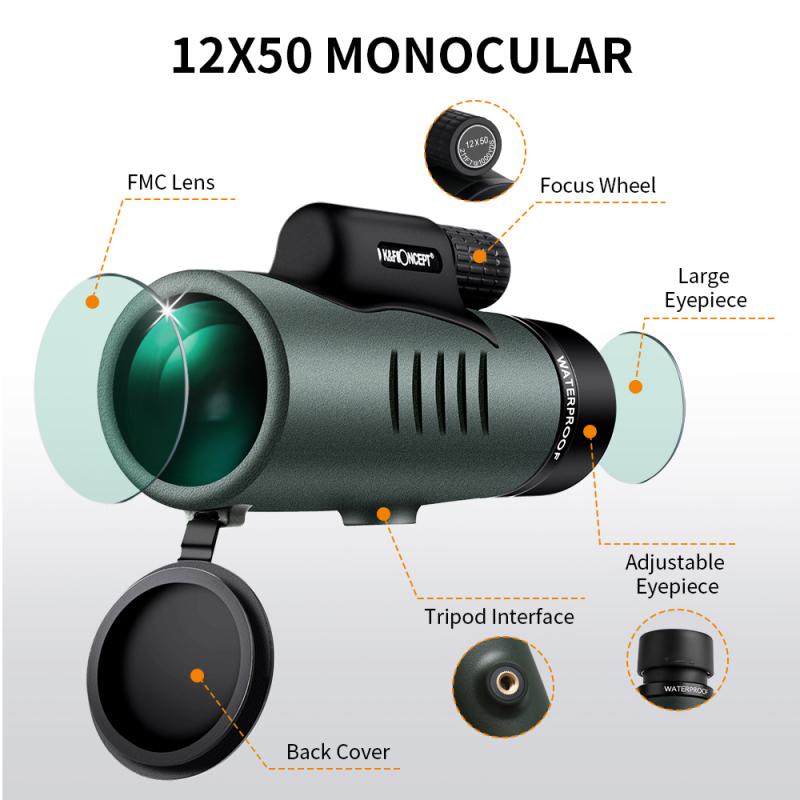
2、 Selecting the Right Components for Night Vision Goggles
Selecting the Right Components for Night Vision Goggles
Night vision goggles are essential tools for various activities such as hunting, surveillance, and even military operations. Building your own night vision goggles can be a rewarding and cost-effective project. However, it is crucial to select the right components to ensure optimal performance and functionality.
Firstly, the most critical component of night vision goggles is the image intensifier tube. These tubes amplify the available light, allowing you to see in low-light conditions. When selecting an image intensifier tube, consider factors such as resolution, sensitivity, and tube life. The latest point of view suggests opting for tubes with higher resolution and sensitivity for better image quality.
Next, the objective lens plays a vital role in gathering light and focusing it onto the image intensifier tube. It is essential to choose a lens with a wide aperture to maximize light transmission. Additionally, consider the focal length and field of view to suit your specific needs.
The eyepiece is another crucial component that determines the comfort and clarity of the image. Look for eyepieces with adjustable focus and diopter settings to accommodate different users. Additionally, consider the eye relief, which is the distance between the eyepiece and your eye, to ensure a comfortable viewing experience.
Power supply is another critical consideration. Night vision goggles typically require batteries to operate. Ensure that the power supply is reliable and long-lasting, as running out of power in the field can be problematic. Consider using rechargeable batteries or a power source with a long runtime.
Lastly, consider the housing and mounting options for your night vision goggles. The housing should be durable, lightweight, and weather-resistant to withstand various conditions. Additionally, choose a mounting system that is compatible with your intended use, whether it be a helmet mount for hands-free operation or a weapon mount for tactical applications.
In conclusion, selecting the right components for your DIY night vision goggles is crucial for optimal performance. Consider factors such as image intensifier tubes, objective lenses, eyepieces, power supply, and housing to ensure a successful and functional build. Stay updated with the latest advancements in night vision technology to make informed decisions and enhance your night vision capabilities.
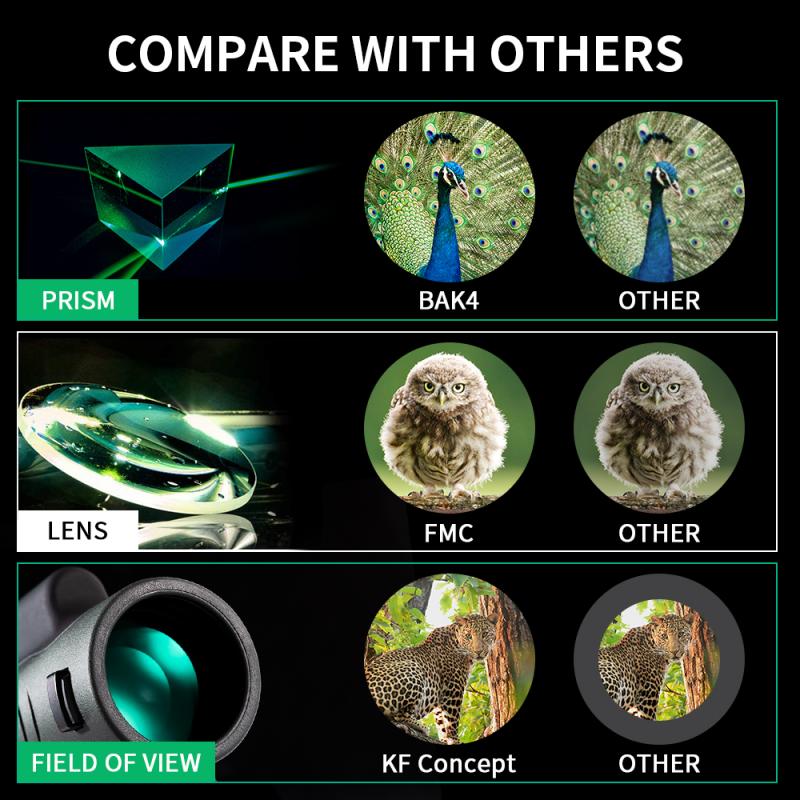
3、 Assembling the Night Vision Goggle Housing and Optics
Assembling the Night Vision Goggle Housing and Optics
Building your own night vision goggles can be a fascinating project for those interested in optics and technology. While it may seem like a complex task, with the right guidance and resources, it is possible to create your own night vision goggles. Here is a step-by-step guide on assembling the night vision goggle housing and optics:
1. Gather the necessary components: Start by acquiring the essential components for your night vision goggles. This includes an image intensifier tube, objective lens, eyepiece lens, power supply, and housing materials.
2. Construct the housing: Begin by designing and constructing the housing for your night vision goggles. Ensure that it is sturdy, lightweight, and comfortable to wear. Consider using materials such as plastic or aluminum for the housing.
3. Install the optics: Carefully mount the objective lens and eyepiece lens onto the housing. Ensure that they are securely attached and aligned properly to provide clear vision.
4. Integrate the image intensifier tube: Connect the image intensifier tube to the housing and align it with the optics. This tube amplifies the available light, allowing you to see in low-light conditions.
5. Connect the power supply: Install the power supply, which typically includes batteries or a rechargeable source, to provide the necessary electrical energy for the night vision goggles to function.
6. Test and calibrate: Once the assembly is complete, test the night vision goggles in various lighting conditions to ensure optimal performance. Adjust the focus and brightness settings as needed.
It is important to note that building night vision goggles requires a deep understanding of optics and electronics. Additionally, it is crucial to comply with local laws and regulations regarding the use and ownership of night vision devices. Always prioritize safety and responsible usage when working on such projects.

4、 Wiring and Powering the Night Vision Goggles
Wiring and Powering the Night Vision Goggles
Building your own night vision goggles can be an exciting and rewarding project for those interested in DIY electronics. While the process may seem complex, with the right guidance and knowledge, it can be accomplished successfully. One crucial aspect of building night vision goggles is wiring and powering them effectively.
To begin, you will need to gather the necessary components, including an image intensifier tube, an infrared illuminator, a power source, and various electronic components such as resistors, capacitors, and transistors. Once you have all the components, you can start wiring them together.
First, you will need to connect the image intensifier tube to the power source. This can be done by soldering the appropriate wires to the tube's terminals and connecting them to the power source. It is essential to follow the manufacturer's instructions and ensure proper voltage and current levels to avoid damaging the tube.
Next, you will need to wire the infrared illuminator. This component emits infrared light, which is necessary for night vision functionality. Connect the illuminator to the power source, ensuring the correct voltage and current levels.
Additionally, you will need to wire the electronic components, such as resistors, capacitors, and transistors, to control and regulate the power supply. These components help stabilize the voltage and current, preventing any damage to the night vision goggles.
When wiring the components, it is crucial to follow a schematic diagram or consult a detailed guide to ensure accuracy. Pay close attention to the polarity of the connections and double-check all the connections before powering on the goggles.
Regarding powering the night vision goggles, you can use various power sources, such as batteries or rechargeable power packs. Consider the power requirements of the image intensifier tube and the infrared illuminator to select an appropriate power source.
It is important to note that building night vision goggles requires a certain level of expertise in electronics and soldering. It is recommended to seek guidance from experienced individuals or consult online resources that provide detailed instructions and safety precautions.
In conclusion, wiring and powering the night vision goggles is a critical step in building your own device. By carefully following instructions, using the correct components, and ensuring proper voltage and current levels, you can successfully wire and power your night vision goggles. Remember to prioritize safety and seek guidance when needed to ensure a successful and functional end product.
